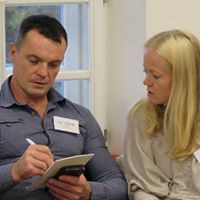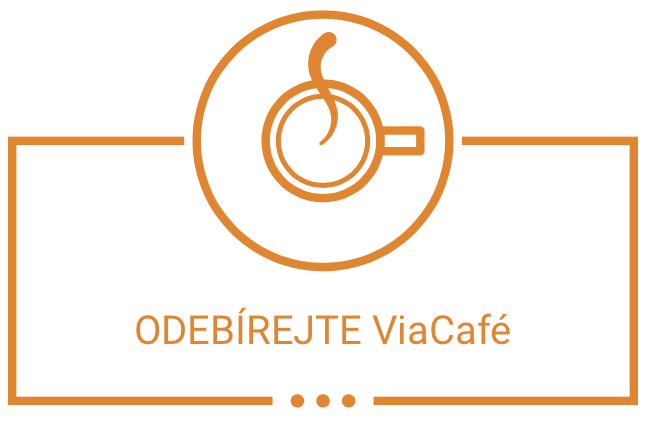Long ago, this site in the town of Krásno in the Karlovy Vary region served as a cemetery. Today, it is on its way to becoming a park that will serve the town’s current inhabitants. Through a community planning process, the residents themselves will shape the functions and character of the park.
Krásno is just one of 8 communities that will plan, design and implement a public space improvement project through our program The Community in Which We Live. The projects were selected in September and we will be guiding them through all of the planning and implementation phases until the end of 2018. You can look forward to periodic news about their progress here.
Our first step in helping them embark on their projects was an introductory two-day workshop, where we tackled issues such as how to put together a project team, how to organize community planning meetings and how to select a landscape architect for a community planning project.
But back to Krásno. The cemetery was put out of operation in 1918. The only remaining commemorative element on the site is a 16th inscription on a stone in the cemetery wall. In the 1920s and 1930s, local schoolchildren planted one fruit tree in the former cemetery each year and local teacher Oskar Hubl organized work parties where local residents helped with the upkeep of the site. But after World War II and the deportation of the area’s German-speaking inhabitants, the idea of developing a dignified park faded. Periods of maintenance alternated with years of neglect.
Now things look promising once again. Local residents have joined forces to revitalize the site with a citizen association called “Mladí občané” (Young Citizens) leading the initiative. In recent years, the group organized workshops with architecture students, where residents gave input on improvements to public spaces elsewhere in the town. Before our introductory workshop, the Young Citizens thought they would adopt an analogous approach to this project.
The vision that they brought to the workshop was similar to the project teams from the other 7 communities: engage our fellow residents in the improvement of a public space, with the aim of strengthening bonds within the local community. Krásno has suffered its fair share of unfortunate community disputes, with a recent conflict between different political “camps” of citizens in the town. The Young Citizens are convinced that a community planning effort to create something that will bring tangible positive results can help heal this troubled situation.
At the workshop, the Via Foundation program team and our consultants shared practical experience in project management and civic engagement with the project teams. We used interactive games and simulations of situations which can (and often do) occur at community planning meetings. The group also enjoyed a presentation by one of our former grant recipients from the nearby town of Strmilov and visited the project there. Landscape architect Ondřej Semotán spoke about the role of the design professional in this type of project.
The issue of how to engage a design professional turned out to be a key component for several of the project teams. Although this program is based on community planning and volunteer work, it is essential to involve a highly capable landscape architect, who is able to transform people’s ideas and needs into a holistic concept that works.
The Krásno Young Citizens, for example, realized that the architecture student workshops they had formerly used wouldn’t suffice in this case. This type of project calls for an experienced professional who knows how (and is willing) to listen to local residents’ needs, meld these needs with the technical limitations of a given site and use his or her design capabilities to develop a problem-solving site plan.
Along with the interactive sessions and presentations, the project teams began working with their dedicated consultants. Our consultant team is comprised of community engagement professionals who have extensive experience with similar projects. Each project team receives a consultant who guides through the team building, planning, and community build phases of their project. This is a key part of our support which increases the impact of the funding and learning we provide.
After the workshop, full of inspiration and ideas, the project teams returned to their home towns and are now beginning to work with their consultants to build their teams and plan their first community meetings.
We can look forward to 8 improved public spaces in roughly one year – and stronger communities. In Krásno, the group will pick up on the work of local teacher Oskar Hubl and after an 80-year pause, finally finish the park so that it serves local residents according to their needs and help them grow together in the process.







